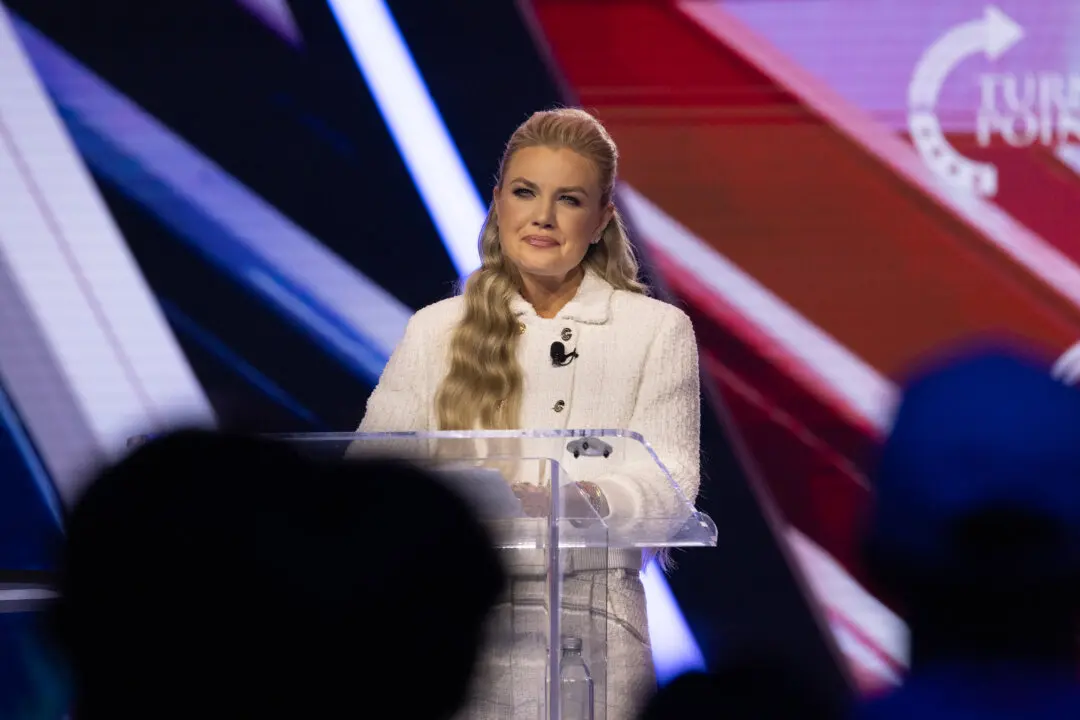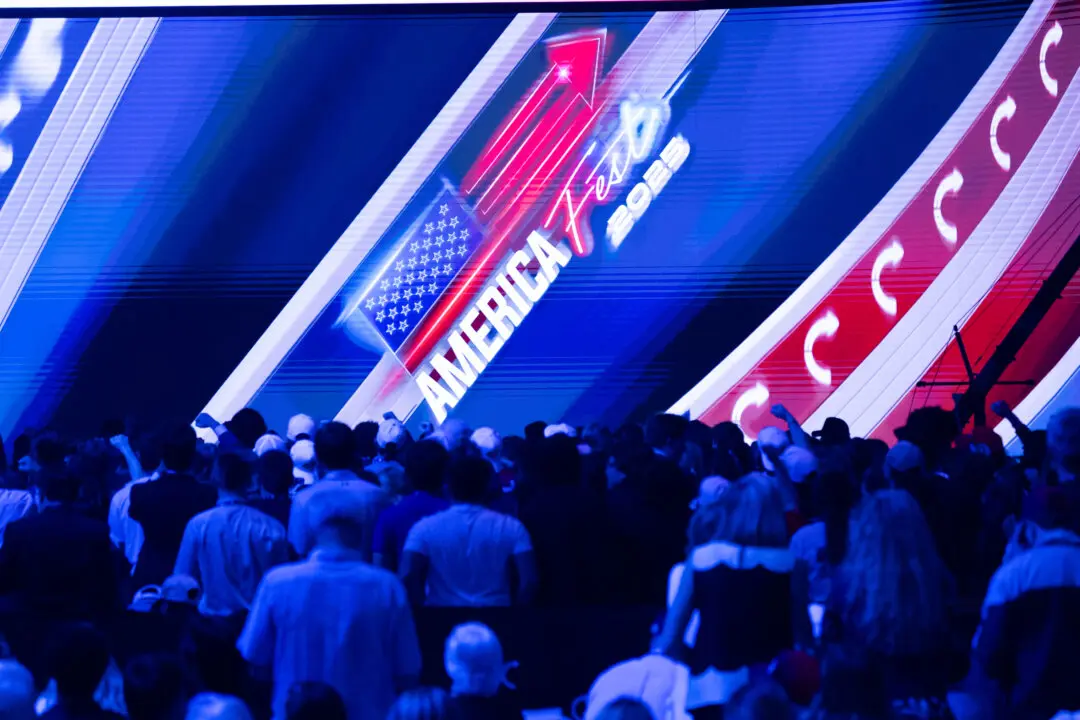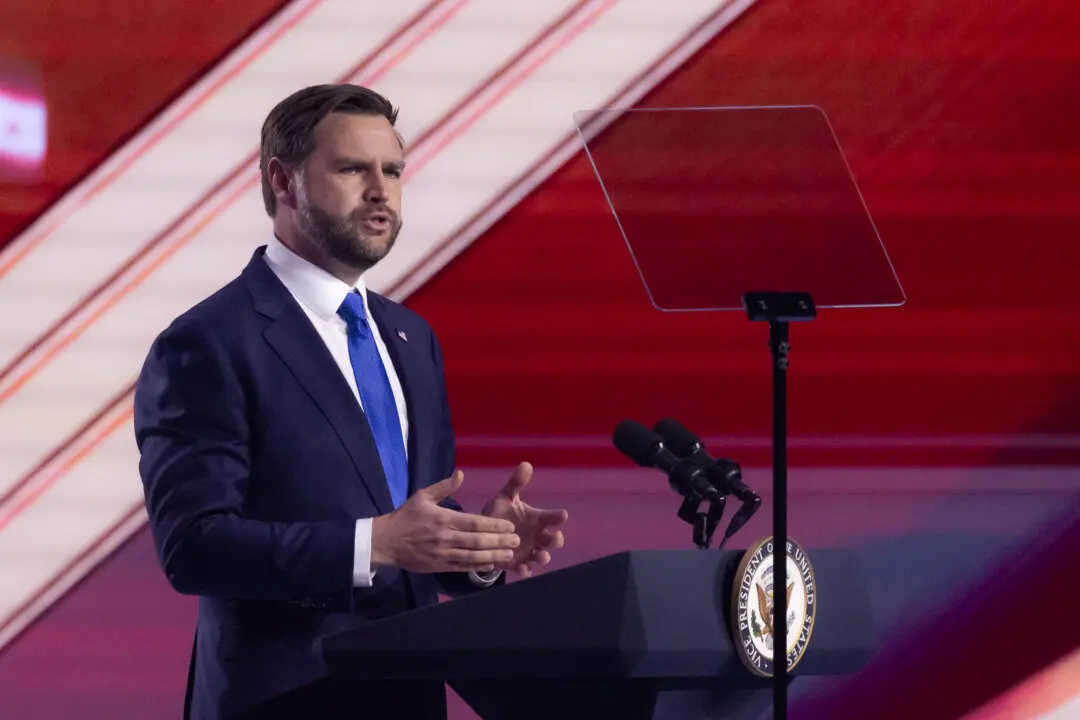At a time of rising tension between NATO and Russia, the U.S. government agency responsible for managing military conscription has suggested how conscientious objectors might be treated should a draft be reinstated.
“In the event of a draft, our agency would partner with [the Federal Emergency Management Agency] to provide opportunities to conscientious objectors to ensure our nation keeps moving forward,” the Selective Service System’s (SSS) March 23 tweet reads in part.





